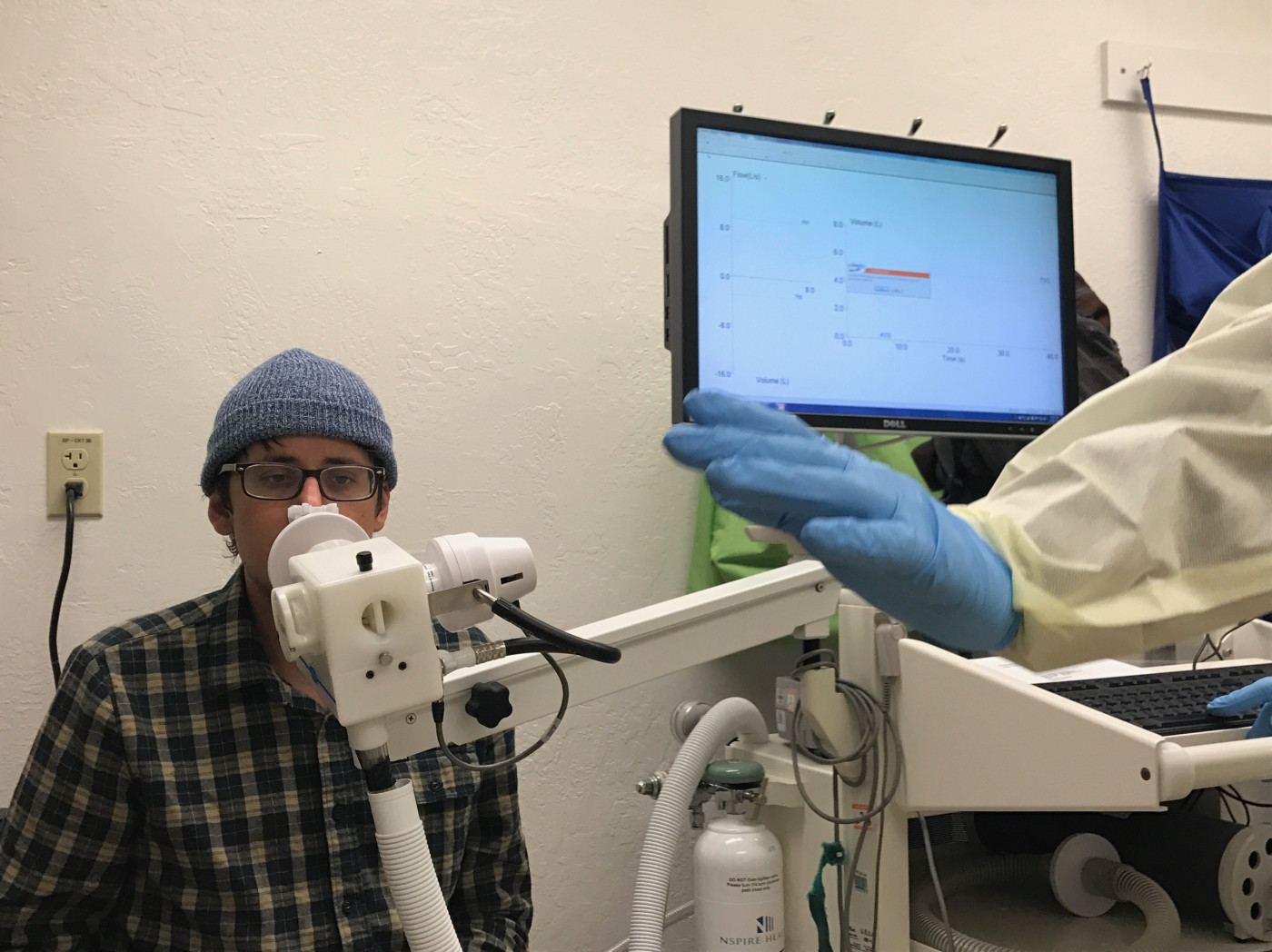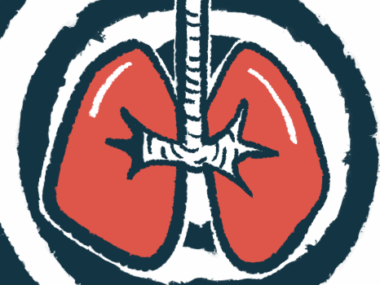I Once Feared Numbers, But Now I Love Them
Written by |


I’ve gone through life afraid of numbers. Not just math, although I’m really terrible at that.
Numbers like “37”: the life expectancy of someone with CF, a number that was even lower when I was growing up. Numbers like “4”: the amount of antibiotics needed to treat non-tuberculosis mycobacteria, plus a large number of side effects that come with each drug. Numbers like “1,” “2,” “3,”: the growing number of sick people in my workplace, who inevitably are going to give me their germs. Numbers like “50”: the percentage of lung function I swore to not drop below before getting a cure for cystic fibrosis. Numbers like “120”: the number of pounds I weighed on average. Numbers like “8”: the liters of supplemental oxygen per minute I once needed.
The number that petrified me most was “18” before my lung transplant: 18% lung function left after a blood infection last summer. My entire life, I watched my lung function percentage dwindle down, then plummet. I used to do the pulmonary function tests (PFT) every three months, but more often as I grew sicker in recent years. The couple years before my transplant, it was every week or two.
Every glance at the number on the screen following the test added crippling worry, making it even harder to breathe. My heart rate rose 40 beats per minute when I entered the pulmonary clinic. PFT anxiety is real. Some tests were impossible to complete because my anxiety was so extreme that I couldn’t take in a deep breath and blow it out. A very simple human action. Breathing.
“Don’t worry about it, it’s just a number.” How many times had I heard that from medical staff? Why do the test if it didn’t matter? How do I not worry when I’m told a particular number is one step closer to dying? There was so much to the number, so much. It was a timer on the screen, counting down to an expiration date.
But the countdown to death was interrupted — the lung transplant happened and I got to view my lung function percentage rise, rise, rise. For the first time, I wasn’t afraid of numbers. The average lung function is 80-120%. I was at 24%. I’m now at 81%, 10 months post-transplant. Now I’m counting how many miles I can hike, how many calories I can eat in one sitting, how many months I’ve spent with new lungs. I’m counting good numbers that make me happy.
Cystic fibrosis is a disease of deterioration, so I only expected to get worse. Post-transplant life has been a wonder to behold. I want the same for my friends with cystic fibrosis, whether through a cure or lung transplant.
I encourage you to be an organ donor. To potentially release someone from the fear of numbers. Visit organdonor.gov for more information and to dispel any myths that might make you hesitate.
***
Note: Cystic Fibrosis News Today is strictly a news and information website about the disease. It does not provide medical advice, diagnosis, or treatment. This content is not intended to be a substitute for professional medical advice, diagnosis, or treatment. Always seek the advice of your physician or other qualified health provider with any questions you may have regarding a medical condition. Never disregard professional medical advice or delay in seeking it because of something you have read on this website. The opinions expressed in this column are not those of Cystic Fibrosis News Today, or its parent company, Bionews Services, and are intended to spark discussion about issues pertaining to cystic fibrosis.







chad
Super cool story. The FEV Numbers are mortifying. They mean crippling anxiety and stress. Stories like yours are so uplifting this time of year when colds start going around and the stress of getting sicker and losing more lung function looms heavy. Thank you for sharing your story. I hope you have many more years of happy numbers.